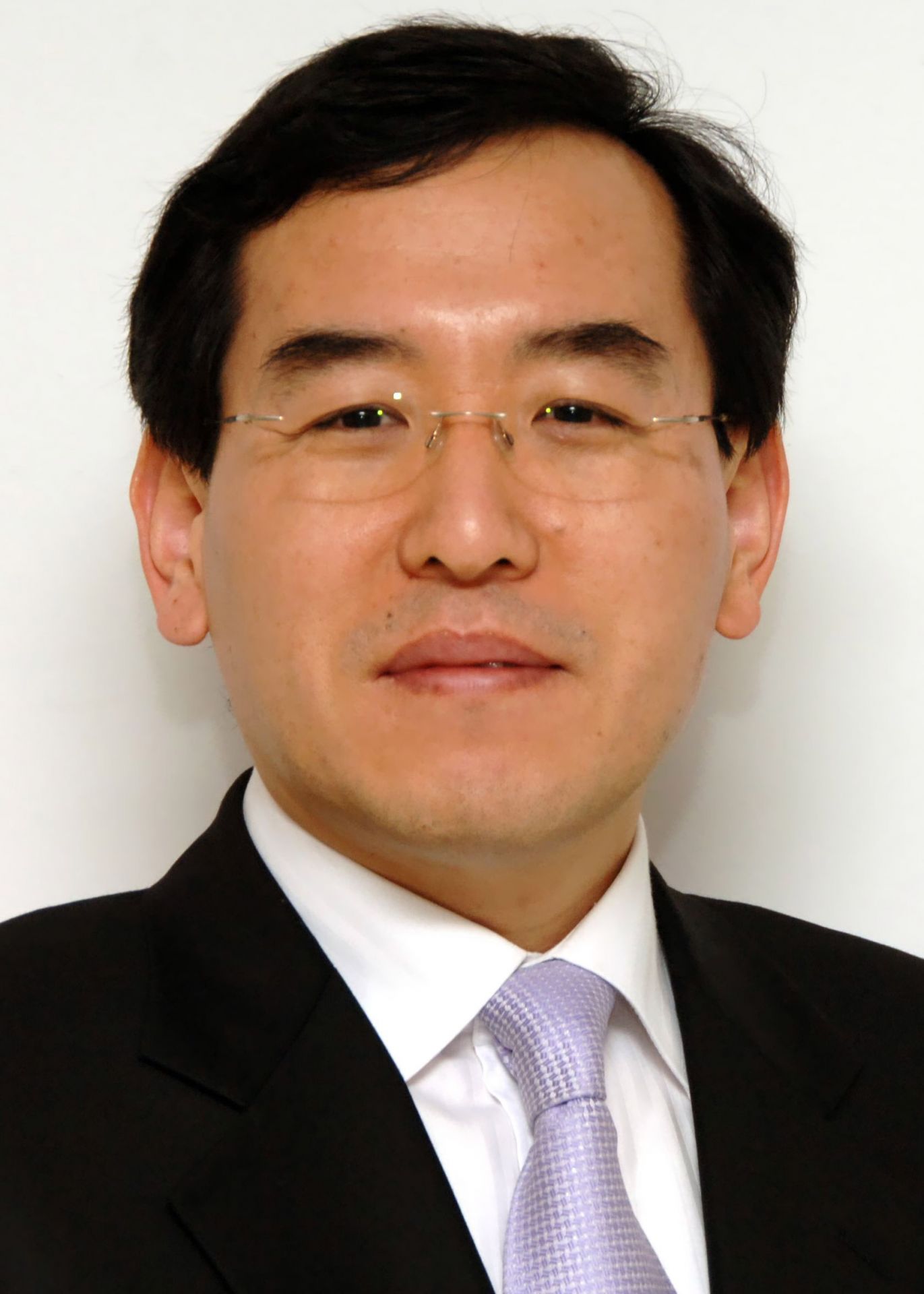The NNSA’s Savannah Blalock announces that the agency has reallocated $10 million to support peaceful uses. (Photo: NNSA)
The Department of Energy’s National Nuclear Security Administration has redirected about $10 million from the International Atomic Energy Agency’s low-enriched uranium fuel bank to efforts supporting the peaceful uses of nuclear technology and to fight cancer.
Construction of the IAEA’s international training center for nuclear security is expected to be completed by the end of this year. (Photo: C. Daniels/IAEA)
Construction of the International Atomic Energy Agency’s new Nuclear Security Training and Demonstration Centre (NSTDC) is nearing completion in the town of Seibersdorf, Austria, near the capital city of Vienna. The IAEA expects construction to be finished by the end of the year, allowing for the facility to open and be operational by late 2023.
Ed McGinnis, Curio CEO. (Photo: Curio)
Ed McGinnis, the chief executive officer of nuclear innovation startup Curio, is looking to solve the nuclear waste problem. In a profile published by CNBC, McGinnis says that nuclear waste is “a huge, huge unresolved problem representing pretty much the largest ball and chain on the ankle of the U.S. nuclear energy sector [which is] trying to transition itself for the next generation of reactors.” Curio, which has developed its NuCycle technology for chemically processing nuclear waste, is hoping to “rebrand nuclear as a means of unlocking the full potential of human ingenuity and aspiration,” according to the company’s website.
Artist’s rendering of the IMSR Core-Unit. (Credit: Terrestrial Energy)
In the ongoing quest to mitigate the effects of climate change, new technology can create new solutions. Even today, however, coal is still a main source of power around the globe, often out of necessity. Many coal-burning plants have already been converted for gas or biomass, but these measures alone are not nearly enough to meet net-zero carbon goals. There is a better solution, however: repowering coal plants with nuclear technology—specifically, Generation IV reactors.
Construction of the new Science and Engineering Research Center is underway on the ACU campus. (Photo: ACU)
The Nuclear Energy eXperimental Testing (NEXT) Laboratory at Abilene Christian University in Texas submitted a construction permit application to the Nuclear Regulatory Commission for its molten salt research reactor (MSRR) on August 15. According to ACU, the move represents the first application for a new U.S. research reactor of any kind in more than 30 years, as well as the first-ever university application for an advanced research reactor.
Rafael Mariano Grossi, the IAEA's director general, addresses the UN Security Council via video link on August 11. (Photo: IAEA)
Contradictory accusations concerning the artillery shelling of the Zaporizhzhia nuclear power plant in war-torn Ukraine continue to be made by the Ukrainians and Russians. Both sides have acknowledged several hits on the facility, including 10 artillery strikes on the plant’s administrative office and fire station on August 11. As the two countries blame each other for the attacks, independent authorities have been unable to verify the opposing claims.
Meanwhile, at a meeting of the UN Security Council, Rafael Mariano Grossi, director general of the International Atomic Energy Agency, warned that the situation was in “a serious hour, a grave hour.” UN secretary general António Guterres added that it could “lead to disaster.”
The third cohort of the Nuclear Operator Apprenticeship Program was recognized in a ceremony at Aiken Technical College. (Credit: SRNS)
Twenty-three students in the third cohort of the Savannah River Nuclear Solutions (SRNS) Nuclear Operator Apprenticeship Program graduated recently following their completion of the Nuclear Fundamentals Certificate curriculum at Aiken Technical College (ATC) in South Carolina. The class was the largest ever of operator apprentices to graduate from the program. Those graduates who meet all employment requirements are eligible for hire at the Savannah River Site.
Artist’s rendering of the Westinghouse Electric AP1000 modular reactor. (Image: Westinghouse)
New and immersive internship and development opportunities are being offered through a partnership of Westinghouse Electric Company and the Ukrainian nuclear energy utility Energoatom. Beginning this autumn, more than 60 opportunities will be available for Ukrainian nuclear energy professionals and graduate-level students.
Native bees swarm near a hive at the former K Reactor Area on the Hanford Site. Bees swarm and begin looking for a new place to nest when a colony becomes overcrowded. (Photo: DOE)
The area near the Hanford Site’s former K reactors is buzzing with activity as several of the Department of Energy’s environmental cleanup projects continue near the Columbia River in Washington state.
That’s not the only thing that’s buzzing, however. While preparing some old equipment for removal earlier this spring, workers with Central Plateau Cleanup Company (CPCCo), a contractor of the DOE Office of Environmental Management Richland Operations Office, discovered a large colony of native bees.
 The National Association of Regulatory Utility Commissioners (NARUC) has published Nuclear Energy as a Keystone Clean Energy Resource, a white paper that examines the role of nuclear power in providing carbon-free energy in the United States. The 57-page paper, prepared by Energy Ventures Analysis, includes a review of considerations for regulators to boost nuclear power’s contribution to the decarbonization energy transition.
The National Association of Regulatory Utility Commissioners (NARUC) has published Nuclear Energy as a Keystone Clean Energy Resource, a white paper that examines the role of nuclear power in providing carbon-free energy in the United States. The 57-page paper, prepared by Energy Ventures Analysis, includes a review of considerations for regulators to boost nuclear power’s contribution to the decarbonization energy transition.




















